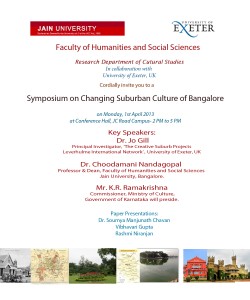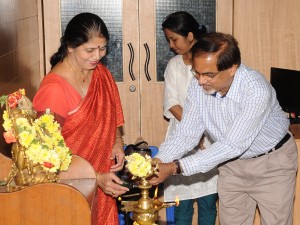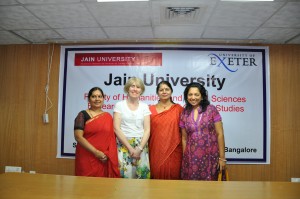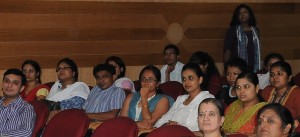Garden Cities – Blight or bliss?
How interesting that Nick Clegg in a recent interview with BBC’s Countryfile should reignite debate about the coalition’s plans for a new generation of garden cities not by affirming the potential advantages of such settlements, but by speculating on possible financial losses on the part of local property owners. See: http://www.bbc.co.uk/news/uk-28628586. His point (“we don’t want people [who live near the new garden cities] to lose out”) is not entirely reassuring. It raises questions about the kind of garden city the government has in mind, and gives the unfortunate impression that the government itself fears that it may be about to sell us a pup . . .
It doesn’t have to be like this. What happens if we reverse the terms of the debate, and think about the many reasons why residents (both new and current) might welcome living in or near a garden city? How might proximity to the well-planned garden city improve rather than blight property values? As early twentieth-century garden city pioneer, Ebenezer Howard, argued in his influential handbook Garden Cities of Tomorrow (1946): “The presence of a considerable population . . . giving a greatly additional value to the soil, it is obvious that a migration of population on any considerable scale to any particular area will be certainly attended with a corresponding rise in the value of the land so settled upon” (p. 59). In any case, what might the new garden cities offer (in terms of quality of life, sustainability, work opportunities, transport links, and leisure, cultural and community resources) that would supplant blunt economic value – the price of houses – as an index of success or failure?
Throughout the world and across the generations, garden cities and suburbs have provided residents with access to employment and to retail, leisure and cultural opportunities in a context that simultaneously offers space, tranquility and a sense of community. The work of this research network (the Leverhulme Trust-funded Cultures of the Suburbs International Research Network at http://suburbs.exeter.ac.uk/) has examined some of the features and variations of such settlements throughout the world from Bangalore, South India to Gold Coast, Australia and has highlighted the rich cultural and civic life that pertains in such communities.
Ironically enough, given Clegg’s reification of the risks of blight, it is garden cities themselves that are now under threat – victims not perpetrators of economic and other pressures. The garden city of Bangalore has historically offered an attractive blend of economic, civic and cultural facilities, with sacred spaces among the city’s trees providing important focal points for families and neighborhoods. Its character is, though, at risk from the recent and rapid development of new – primarily hi-tech – industry and the infrastructure that goes with it. In Australia, the city of Gold Coast again aims to offer the ideal combination of spacious and well-situated homes with work, leisure and community facilities while simultaneously accommodating the imperatives of climate change and the economic squeeze. In both cases, it is the garden cities that stand to “lose out” even though their own founding ideals, values and structures – if carefully heeded – might provide solutions to the problems that loom.
In Britain, the first of the garden cities, Letchworth Garden City, established in the early 1900s by Ebenezer Howard, was built on principles which emphasised the importance of community participation, the quality of life, sustainability and local accountability – values that recur to this day in debates about the country’s housing needs. As historian Lewis Mumford notes in his classic study, The City in History, Howard’s garden city works because it is decentralized and because it operates on a human scale (p. 586). Letchworth is fortunate in that it continues to be run in accordance with many of these structuring ideals. The Foundation which now oversees the garden city (with involvement from local trustees) holds property for the common good and invests its income in a range of civic, community, educational, recreational and health amenities for its residents.
The model is a sound and sustainable one that has the potential not just to meet the basic housing requirements of the nation but to construct integrated and vibrant settlements that people will want to invest in for the long term – not necessarily in order to accrue a profit, but because they want to contribute to the community, and thereby to reap other kinds of reward. If properly planned, with an affirmative eye to their founding principles, the new generation of garden cities could be a success for years to come. Who knows, existing householders in proximity to the new garden cities, rather than “losing out,” might stand to gain.
Jo Gill









